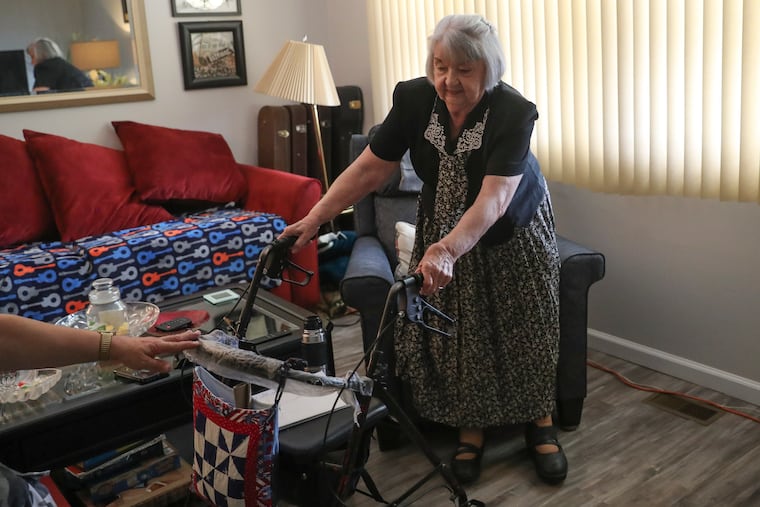Polio was once the most feared disease in the U.S. A new Annenberg poll shows most Americans know little about the virus, despite recent N.Y. outbreak.
Most people are unfamiliar with polio and how it’s spread, according to a survey by the Annenberg Public Policy Center of the University of Pennsylvania.
